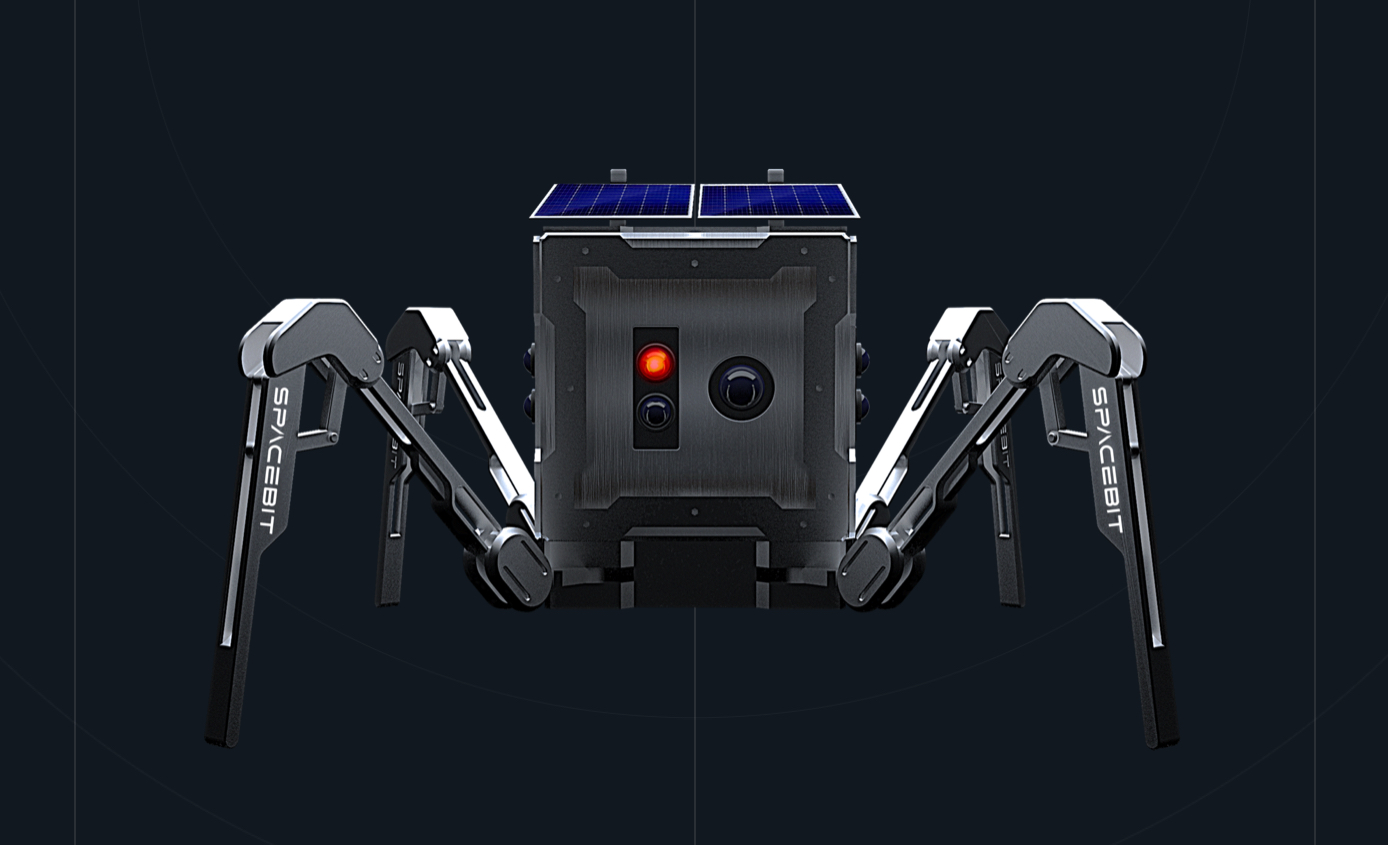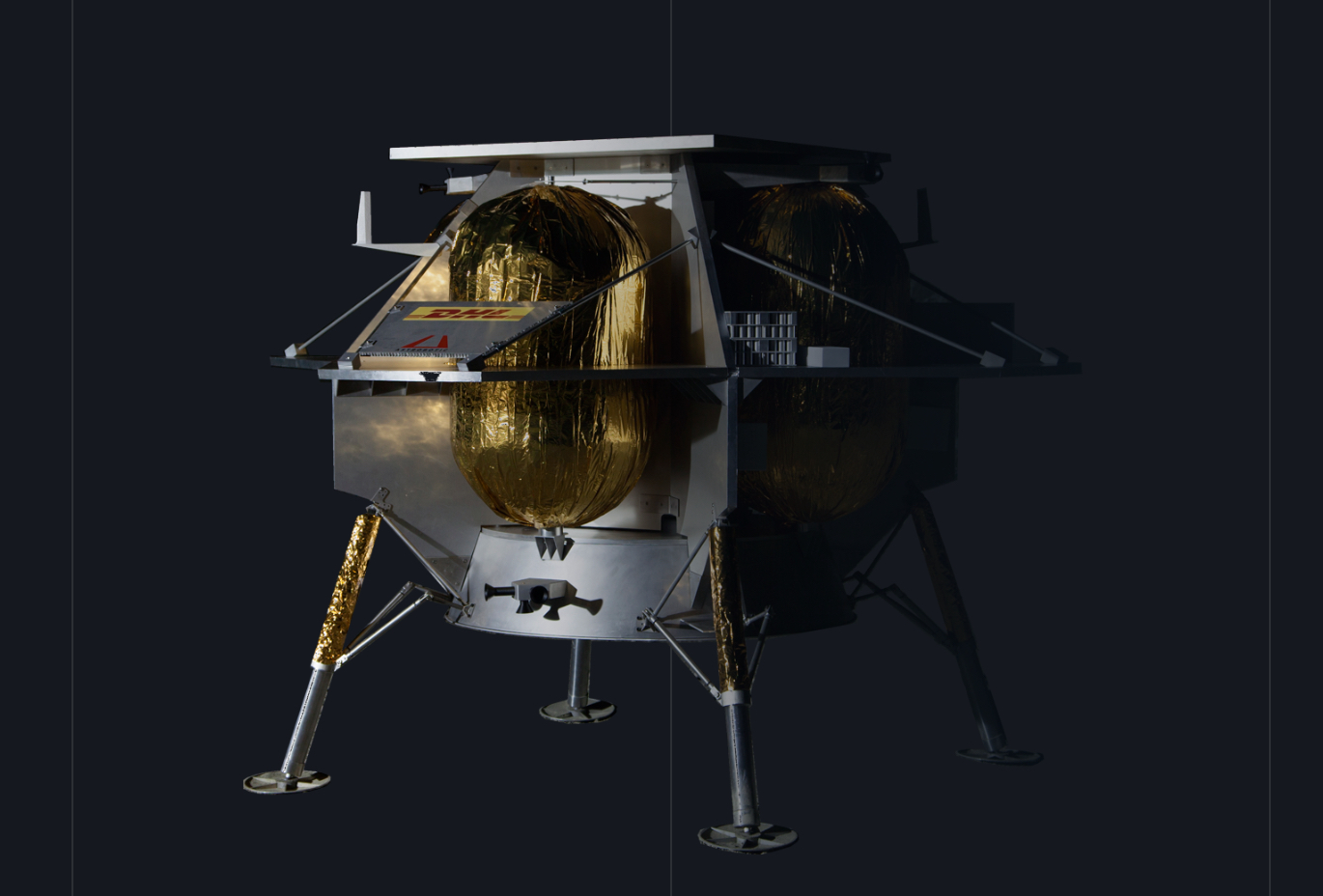We Are Sending Spider Robots to the Moon In 2021
Robotic critters can help build Moon bases

A private British space company is planning to send a 2-pound spider robot to the moon, the first crawling rover to walk in our satellite. And if it’s successful, more will follow so they can help us establish permanent colonies and scare the hell out of lunar kids.
UK-based Spacebit will launch on board the Peregrine, a lander made by a U.S. company called Astrobotic. The Peregrine will get to Moon thanks to a United Launch Alliance Vulcan rocket that will launch from Cape Canaveral some time in 2021.
Once on the surface of the Moon, the creepy crawler will start its 10-day-long mission to recognize the terrain around the rover using its onboard full HD video camera. The spider will also have laser eyes to take depth data: a 3D LIDAR system will map the terrain around it in detail to send it back to Earth.

Its mission, according to Spacebit, is to test its technology before sending more spiders to Moon. But its final objective is to deploy a fleet of these creatures to explore and map lava tubes to establish permanent human colonies. With a swarm of critters going underground and carefully mapping lava tubes in 3D, Earth engineers will be able to select the sites to install bases and get the necessary architecture ready here on Earth.
MORE: Best Robot Vacuums 2019
To do this, the company claims its four-legged spider has a unique set of features that will allow it to explore in a way we wouldn’t be able to do with traditional rovers.
The first is its very low weight and small size, which will allow it to be very agile and get around any obstacles. With smaller size comes less power consumption, which is fully provided with solar panels and built-in batteries. Since there’s no wind on the Moon, the panels will be dust free and maintain its efficiency.
Get instant access to breaking news, the hottest reviews, great deals and helpful tips.
The weight also helps with its other power: this thing has been built to jump. The company hasn’t disclosed how high but, given the Moon’s low gravity and fairly good servos, it won’t be easy to imagine it jumping over most obstacles if it can’t crawl around it.
The last key component, Spacebit claims, is swarm intelligence. Once deployed in a group, the spider robots will be able to connect with each other and coordinate in the exploration and mapping of larger areas.
This 2021 mission sounds pretty ambitious. But this can really move our presence beyond Earth forward — not to mention the awesomeness of having hundreds of these things creeping all over the Moon.
Jesus Diaz founded the new Sploid for Gawker Media after seven years working at Gizmodo, where he helmed the lost-in-a-bar iPhone 4 story and wrote old angry man rants, among other things. He's a creative director, screenwriter, and producer at The Magic Sauce, and currently writes for Fast Company and Tom's Guide.

